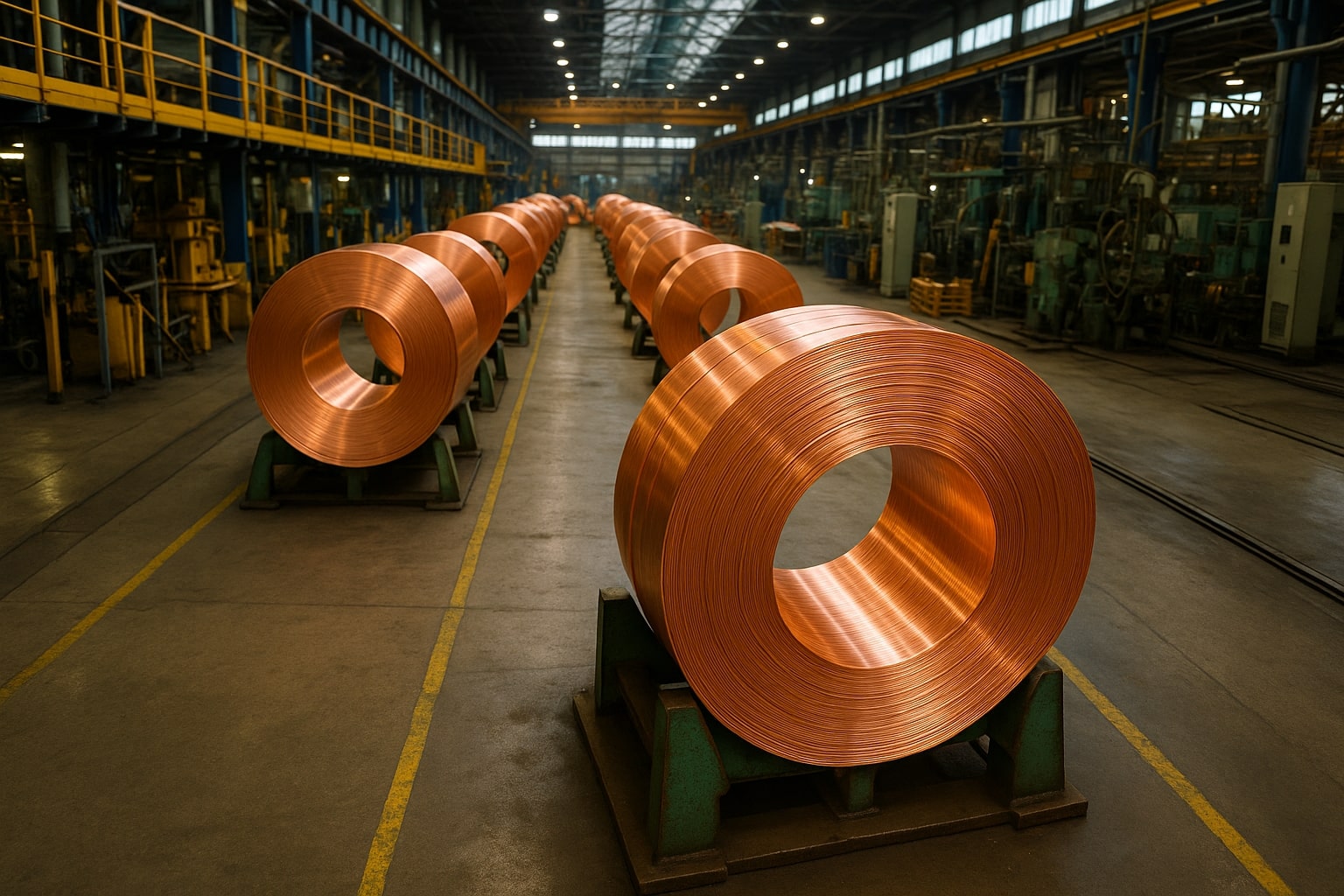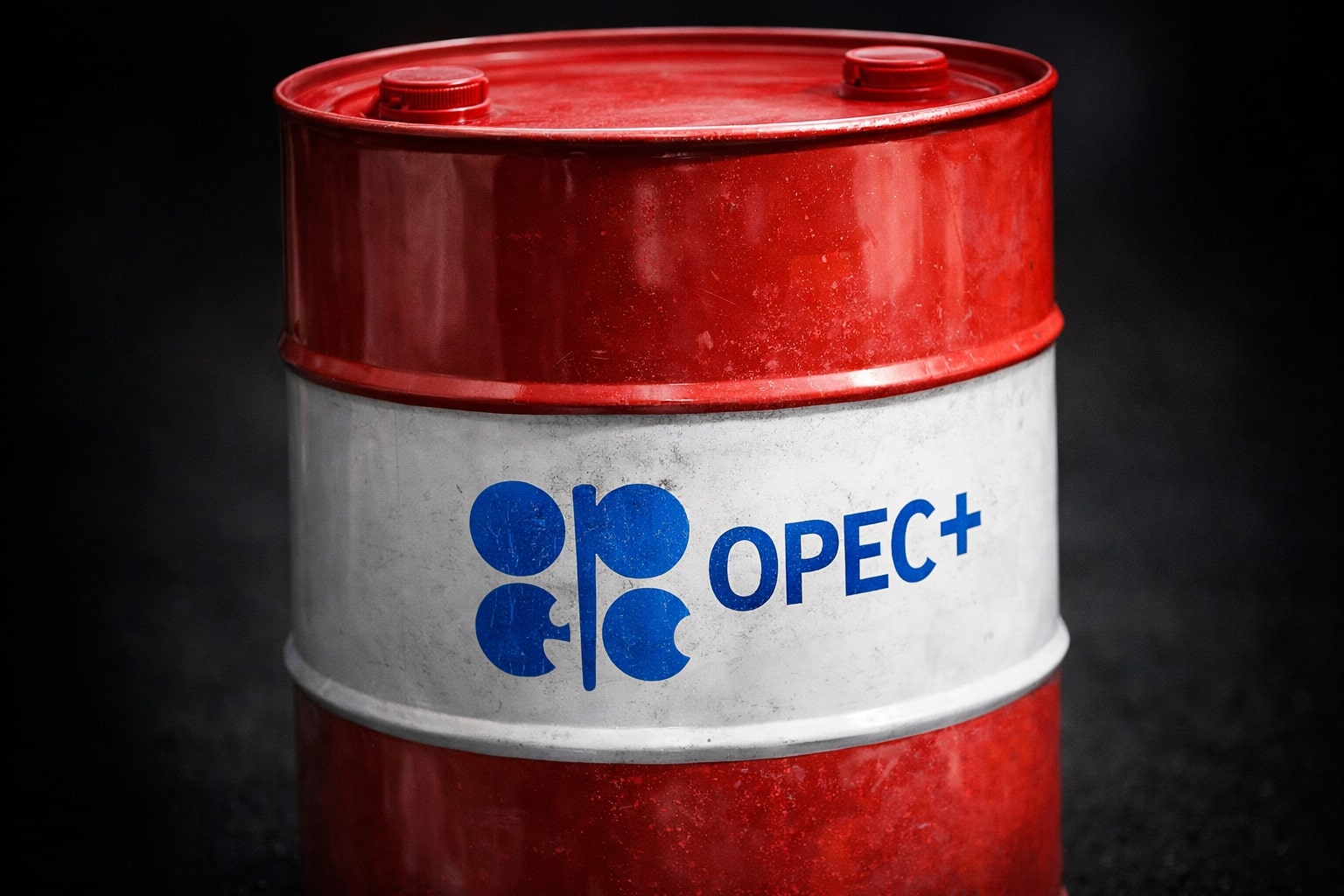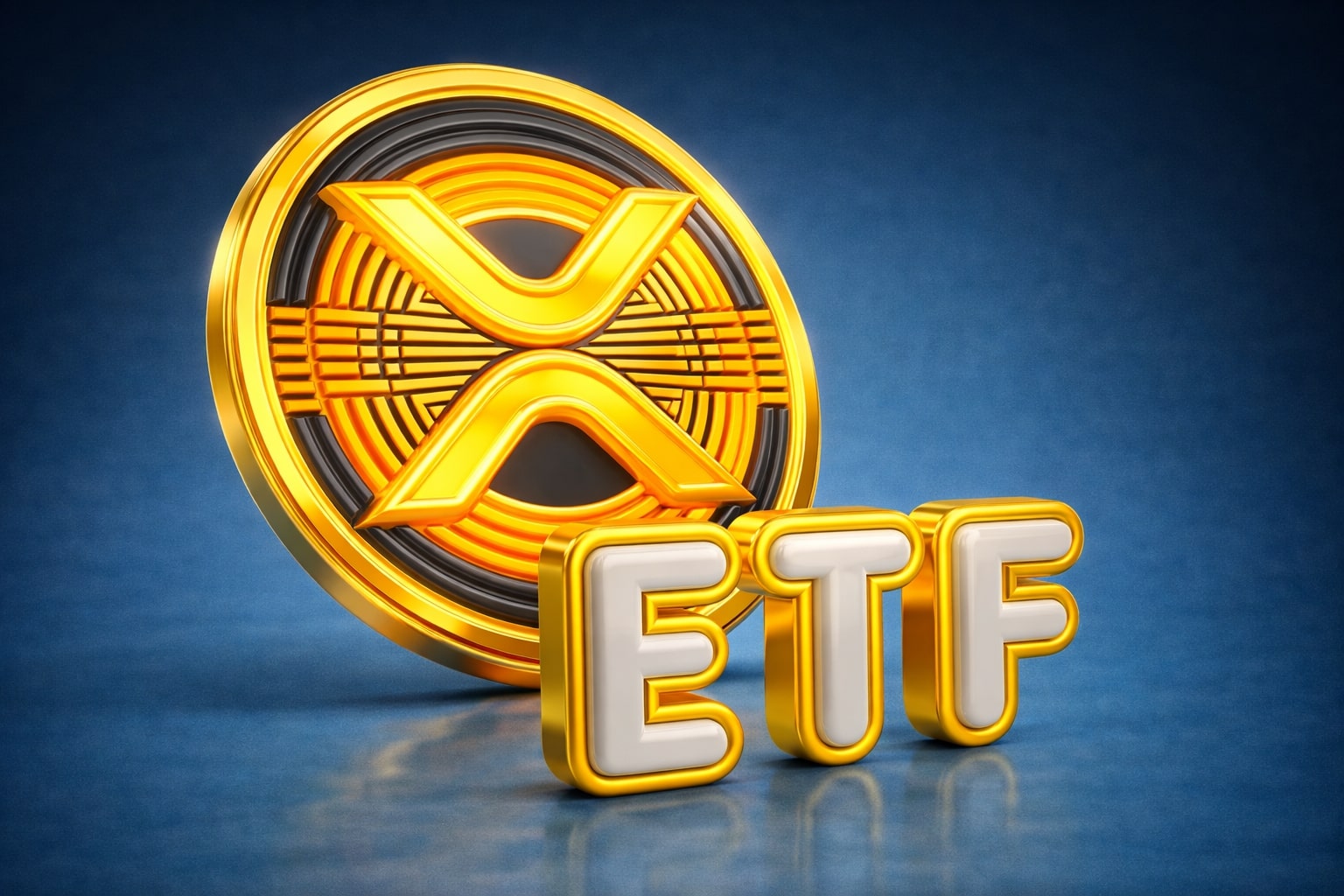
Copper Price Forecast: (HG=F) Tariffs, EV Demand, and Supply Strains Point to $11,000 Potential
With futures near $9,770, tariffs reshaping trade flows, and global demand projected to hit $340B by 2030, copper’s structural deficit supports a bullish outlook despite volatility | That's TradingNEWS
Copper (HG=F) Price Forecast: Tariffs, Green Energy, and Supply Shocks Shape $340B Market
Copper (HG=F) has become the centerpiece of global commodities trading in 2025 as short-term price swings collide with long-term structural demand. Futures have traded between $8,991 per ton in January and $9,835 in June before retreating to $9,770 in July, reflecting the tug-of-war between tariffs, supply disruptions, and the unstoppable growth of green energy infrastructure. On COMEX, copper briefly spiked to $5.90 per pound following the U.S. government’s 50% tariff on imports, a single-day jump of 17% that fractured global price alignment by creating a 25% premium over LME benchmarks. This policy-driven volatility has redrawn trade flows and revalued producers in safer jurisdictions.
Electrification and Data Growth Drive Copper Demand
The structural case for copper remains undeniable. Each electric vehicle requires 80–100 kilograms of copper compared to just 20 kilograms for an internal combustion engine, while offshore wind farms consume 8–15 tons per megawatt of capacity. Solar PV installations add 2–5 tons per megawatt, and modern data centers powered by artificial intelligence workloads demand extensive copper cabling. Forecasts show global copper demand surging 40% by 2035, with BloombergNEF projecting a 20% price increase by 2027 due to persistent supply-demand imbalance. By 2030, the market is expected to reach $339.95 billion in annual value, underpinned by clean energy and digital infrastructure projects.
Geopolitical and Supply Pressures: Chile, Peru, and the DRC Under Strain
Copper supply is increasingly fragile. Chile, responsible for 46% of global production in 2024, continues to face labor strikes and community protests that disrupt mining operations. Peru faces anti-government protests, while the Democratic Republic of Congo has seen delays from new regulations and water scarcity, potentially threatening 7% of global supply by 2030. In parallel, resource nationalism is accelerating—countries from Africa to South America are imposing higher taxes and demanding local beneficiation, raising production costs and limiting exports. At the same time, U.S. tariffs on copper imports have triggered stockpiling and dislocation in futures pricing, further tightening near-term liquidity.
Tariffs and the Shift Toward Regionalized Copper Markets
The U.S. tariff shock has accelerated a shift toward regionalized copper ecosystems. North America is building its own copper supply chain under USMCA advantages, Canada is benefiting from stable mining frameworks and infrastructure access, and Europe is anchoring production to its decarbonization policies. This regionalization could fragment global pricing into multiple benchmarks, replacing the dominance of the LME as a single reference. Copper ETFs and domestic producers like Freeport-McMoRan (NYSE:FCX) have already rallied sharply as investors rotate into assets seen as insulated from tariff disruptions.
Corporate Earnings and Production Outlook: BHP and Freeport
BHP Group Limited reported record copper production of 2,017 kilotons in FY25, an 8% year-over-year increase, offsetting declines in iron ore and coal segments. Copper revenue rose 21.4% to $22.5 billion, pushing copper to a larger share of BHP’s portfolio despite group revenues dipping 8% year-on-year. EBITDA for the copper division surged 43.9% to $12 billion, reflecting both higher production and firmer realized prices. Freeport-McMoRan has also benefited from tariff-driven price premiums, positioning its U.S.-based operations to capture strong margins. With global inventories just 5.8% above the five-year average despite record output, any fresh disruption could ignite further gains.
Exploration, Recycling, and New Investment Frontiers
Copper exploration and recycling are attracting substantial capital. Recycling requires 85% less energy than primary mining, and demand for scrap-based copper is accelerating as ESG mandates tighten. New discoveries in Canada’s MPD project reported indicated resources of 56.4 million tonnes at 0.42% copper equivalent, with inferred resources of 240.7 million tonnes still open for expansion. Meanwhile, Arizona’s Johnson Camp Mine has commenced solvent extraction-electrowinning operations with annual capacity of 25 million pounds of copper cathode, an early example of new U.S. supply coming online to replace imports.
Price Forecasts and Trading Levels
ING projects average copper prices of $4.04 per pound in 2025, pressured by tariffs and a strong U.S. dollar. BloombergNEF sees a 20% rise by 2027, citing demand exceeding supply, while Trafigura expects AI and data centers to add one million metric tons of new demand by 2030. Spot volatility remains high: supports are visible around $8,900 per ton, with upside targets stretching above $10,000 if supply constraints and tariffs persist. With futures markets split by a 25% premium gap between COMEX and LME, traders are watching whether this decoupling cements into a new long-term trading structure.
Copper (HG=F) Outlook: Decisive Call on Buy, Sell, or Hold
Copper (HG=F) sits at the center of structural demand and policy volatility, forcing traders and institutions to weigh whether current levels are a floor for accumulation or a setup for further downside. On the demand side, electrification and renewable infrastructure guarantee multi-decade growth. EV production alone quadruples copper intensity per vehicle, and offshore wind consumes up to 15 tons of copper per megawatt. AI data centers are already adding incremental demand, with forecasts showing an additional 1 million metric tons needed by 2030. This long-term case makes copper indispensable, with BloombergNEF projecting a 20% price gain by 2027 as supply constraints intensify.
The supply backdrop, however, is fragile. Chile’s dominance at 46% of world output exposes the market to recurring labor and political shocks, while Peru’s instability and the DRC’s regulatory drag delay new projects. U.S. tariffs at 50% on imports have fractured the arbitrage relationship between COMEX and LME, producing a 25% premium that distorts pricing flows. At the same time, new supply pipelines in Canada, Arizona, and Zambia are advancing, but near-term production remains insufficient to offset growing deficits. Inventories are only 5.8% above the five-year seasonal average, meaning any hiccup in production could flip the balance swiftly.
Technically, copper futures trade around $9,770 per ton, with strong support near $8,900 and resistance looming at $10,000. On COMEX, the tariff-driven spike to $5.90 per pound shows how policy shocks can jolt prices far above equilibrium. With RSI readings in neutral zones and momentum oscillators stabilizing, the market looks primed for another test of $10,000 if macro conditions remain tight.
Corporate data reinforces the bullish tilt. BHP delivered record copper production at 2,017 kt in FY25 with copper revenues up 21.4% year-over-year to $22.5 billion, and EBITDA margins expanding 43.9% to $12 billion. Freeport-McMoRan (NYSE:FCX), heavily exposed to U.S. operations, is well positioned to capitalize on tariff premiums, with strong free cash flow generation expected into FY26. ETFs such as the iShares Global Copper ETF have rallied as investors seek diversified exposure, while recycling companies are drawing fresh capital flows given copper’s 85% energy savings in secondary production.
Weighing these fundamentals, the near-term volatility from tariffs and political risks should not obscure the structural imbalance of supply and demand. With electrification, AI infrastructure, and grid modernization guaranteeing steady consumption, and supply growth constrained by geopolitics and permitting bottlenecks, copper’s long-term trajectory remains upward. At current levels near $9,770 per ton, copper is a Buy, with 12–18 month targets above $10,200 and potential overshoot toward $11,000 if trade disruptions persist. Downside risk is limited to the $8,900 zone, where strategic buyers are likely to defend positions.
That's TradingNEWS
Read More
-
GPIX ETF Climbs to $52.54 as 8% Yield Turns S&P 500 Volatility Into Income
02.01.2026 · TradingNEWS ArchiveStocks
-
XRP ETF Rally: XRPI $11.54, XRPR $16.35 And XRP-USD At $1.99 Aim For A $5–$8 Cycle
02.01.2026 · TradingNEWS ArchiveCrypto
-
Natural Gas Price Forecast: NG=F Tests $3.50–$3.60 Floor Before LNG Wave
02.01.2026 · TradingNEWS ArchiveCommodities
-
USD/JPY Price Forecast - USDJPY=X Holds Near 157 as BoJ Caution and Fed Cut Bets Drive the Move
02.01.2026 · TradingNEWS ArchiveForex



















